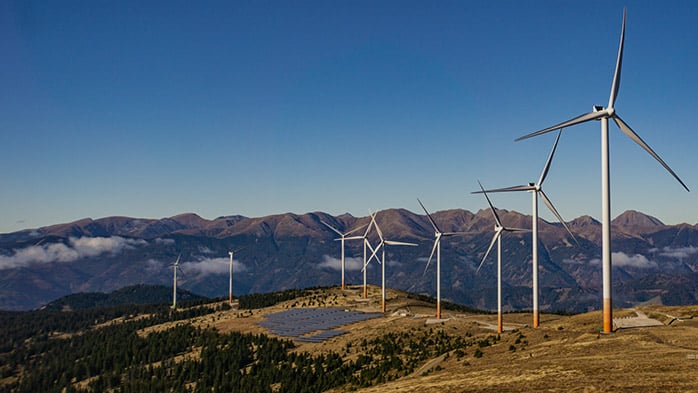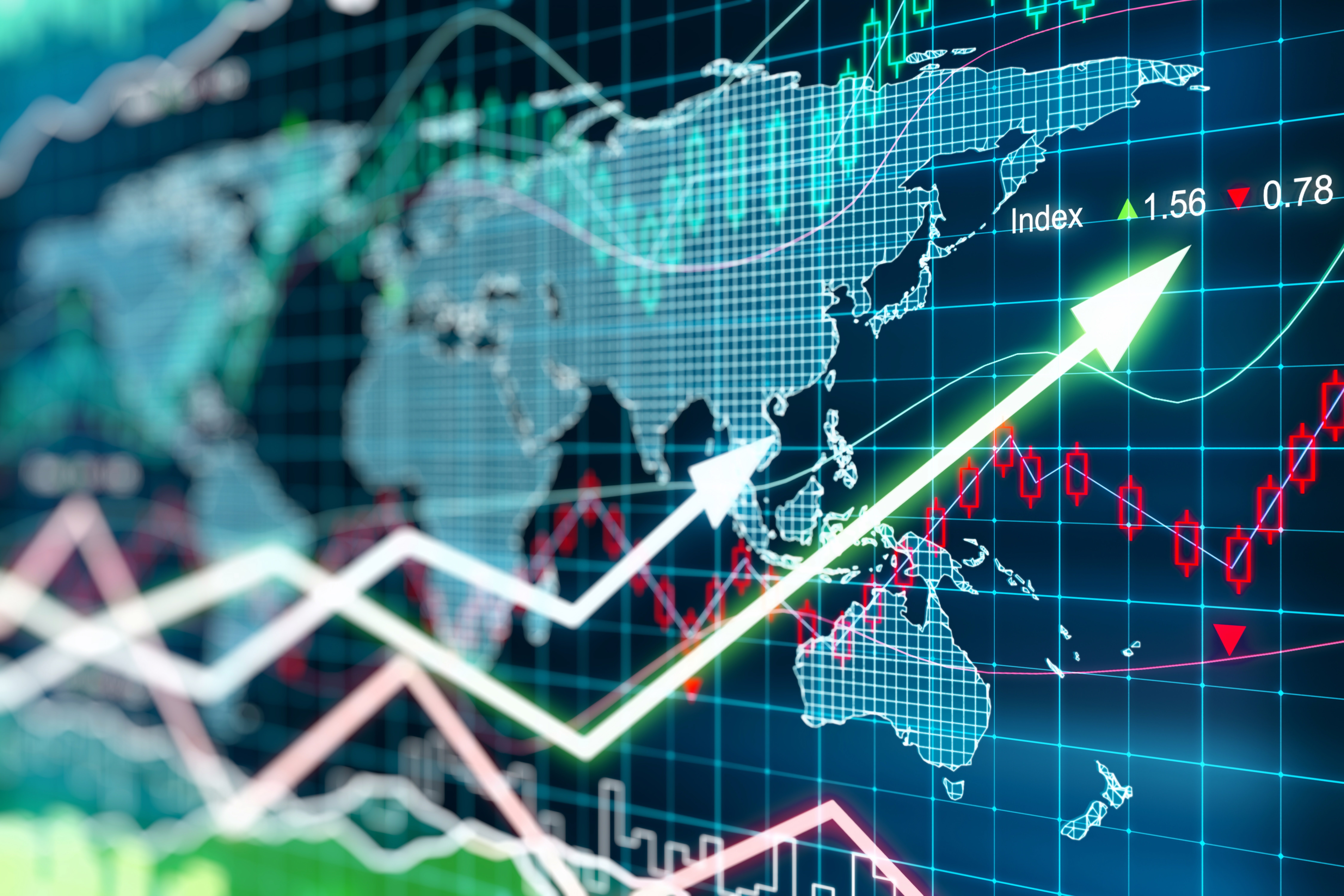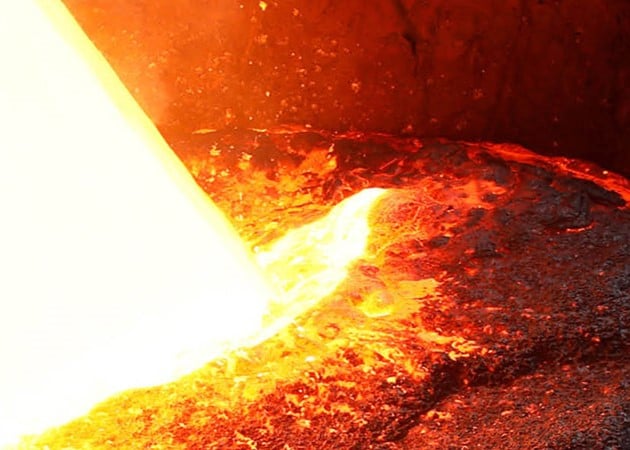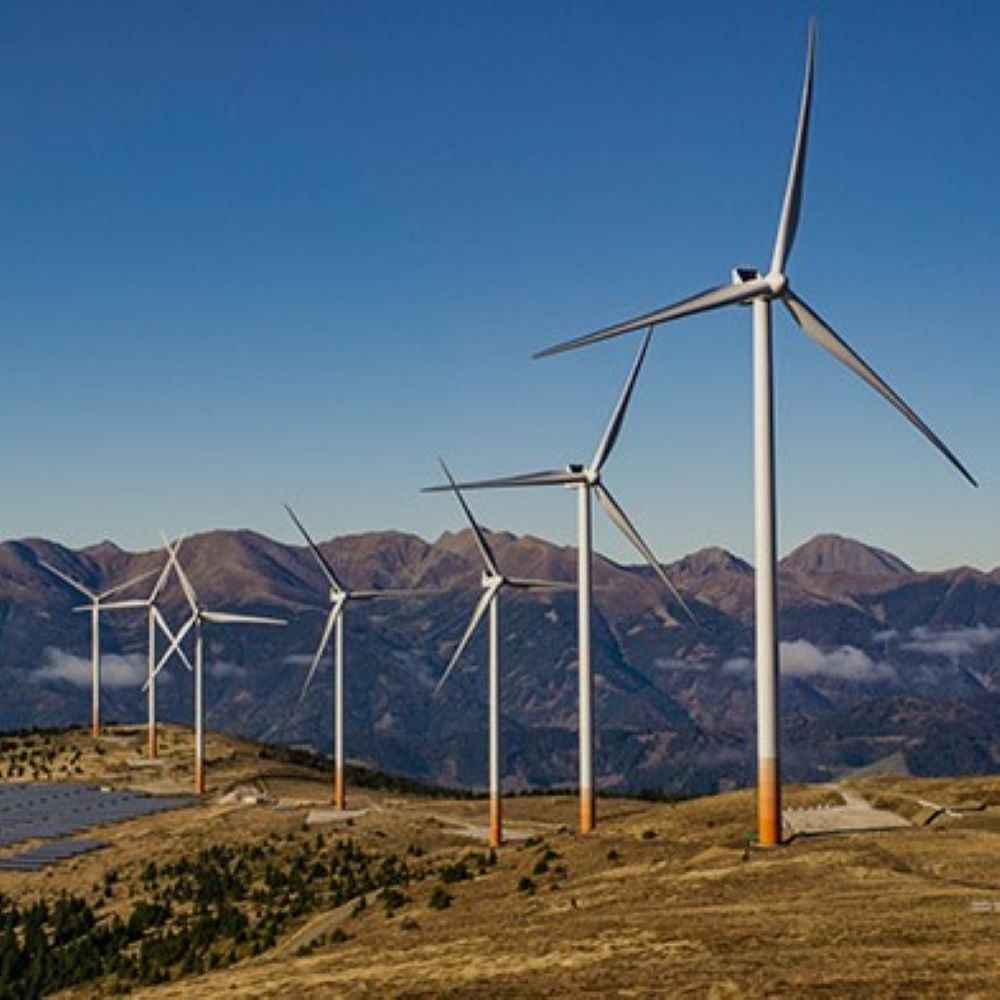Over the coming decades, both public and private sectors will spend substantial amounts on climate mitigation – that is, on decarbonising and reducing emissions. This investment has the potential to boost global industrial production significantly. This Insight investigates how large this boost could be.
The energy transition will trigger trillions of dollars of investment
The IEA’s Net Zero (NZE) scenario envisages a cumulative additional investment in the energy system of $62 tn in today’s prices between now and 2050 – an average of ~$2.4 tn per year, roughly 10% of all current global fixed capital investment. This spending will peak in the early 2030s but will still be around $2.2 tn in 2050. The biggest areas of spending will be on renewable generating capacity, grid infrastructure and equipment to electrify end-use sectors such as transport, industry and buildings. Some other estimates – for example by McKinsey and the Climate Policy Initiative – have put the size of investment even higher.
The IEA’s NZE scenario sets out a highly aggressive path for decarbonisation that would limit temperature increases to +1.5°C above pre-industrial levels. We do not think this is the most probable path for decarbonisation. However, even in our own <2.0°C and Central Case scenarios for emissions, the additional investment required will be substantial. Some of this spending will crowd out investment in other sectors, as discussed below. Still, some will crowd out consumption (public or private).
Decarbonisation will create huge demand for manufactured products
Additional investment spending on the energy transition will require greater industrial production. Much of the spending will be directly on manufactured equipment – solar panels, wind turbines, batteries, electric vehicles and heat pumps. Other aspects of the spending will be on more ‘traditional’ forms of investment – for example, extending grid capacity – that would generally be classed as construction projects. However, construction activity still results in significant demand for manufacturing value-added through supply chain linkages.
Using Supply-Use tables, we estimate the additional boost to value-added in the industrial sectors (manufacturing, extraction and utilities) will amount to $350 bn per year (around 1.7% of current global industrial production) in our Central Case scenario, and almost $600 bn in our <2.0°C scenario (3.0% of current global IP). This extra demand will be partly offset by the crowding-out effects laid out below, but not entirely. Most consumer and government spending globally is on services, so a significant part of the burden of crowding out will inevitably fall on services demand.
Adaptation spending will also boost industrial production, although more modestly
As well as mitigation spending, both public and private sectors will invest large sums of money on climate adaptation spending – that is, spending money to ensure that economies and societies are adapted to the worst impacts of climate change. Adaptation spending can take the form of flood defences, making transport and energy infrastructure resistant to extreme weather, and installing cooling systems to deal with extreme heat.
In contrast to spending on climate mitigation, spending on climate adaptation will be greater in scenarios with higher emissions and greater increases in temperature. However, the scale of adaptation spending is likely to be much more limited than mitigation spending, at least over the next few decades and in scenarios where there is at least partial decarbonisation.
Building on work by the UN Environment Programme, we estimate that spending on adaptation is likely to average around $300 bn per year in real terms in our Central Case scenario, and around $100 bn per year in our <2.0°C scenario. This is clearly on a smaller scale than estimated mitigation spending of between $1–$2 tn per year. However, these are still significant sums for the developing countries in which around 80% of adaptation spending will need to happen. Spending on climate adaptation will build gradually over the forecast horizon, becoming steadily more important as adverse weather events become more common and more severe.
Using the same methodology as for mitigation investment, adaptation spending should boost global IP by around $60 bn per year in real terms in our Central Case for emission. At only 0.2% of current global IP, this is much smaller than the boost from mitigation. This is partly because the scale of investment is simply smaller and also because the multipliers are lower as more of adaptation spending is on construction-intensive investment, such as flood defences, rather than equipment-intensive investment in the energy system.
Clean technology presents an opportunity for exporting countries
Exports of Low Carbon Technology (LCT) goods are currently dominated by a few countries with large existing industrial bases – China, Germany, the US, Japan and Korea (see chart below). China has achieved almost total dominance of the solar PV sector and has clear technological and cost leadership in batteries and BEVs.
The manufacture of wind turbines and heat pumps is more evenly split between Europe and China. Nonetheless, the production of green technology goods is far more geographically concentrated than the demand for these goods, and the gap is growing as more and more countries worldwide begin to invest in decarbonisation. In the first instance, those countries – and companies – with established expertise in green tech will likely be those that benefit from greater global demand.
However, there will still be opportunities for new entrants – both countries and companies – to gain market share. Governments are increasingly treating green technologies as strategically important sectors, with the potential to provide growth in GDP and high-quality jobs.
This is leading to growing ‘green protectionism,’ where governments use trade restrictions – or ‘behind the border’ policies such as preferential subsidies and public purchasing rules – to try and boost domestic production of green tech. In addition, much of the investment required for both mitigation and adaptation – for example grid investment or flood defences – will necessarily be more intensive in local value-added.
Green investment will divert spending, not increase the overall size of the economy
Some economists and politicians have argued such spending can be a way to increase GDP and productivity, in the process providing millions of well-paying ‘green jobs.’ In our view, this is overly optimistic. Mitigation spending will certainly create enormous economic value in a variety of ‘green’ supply chains, some of which may not even exist yet. However, they will do so at the expense of other activity.
Fundamentally, the energy transition is about replacing a fossil-fuel-based energy system with a zero-carbon one. The investment does not add new productive capabilities to the economy in the way that, for example, investment in AI may do. This means that the additional investment required for the energy transition will ‘crowd out’ other spending.
This crowding out process will depend on how the energy transition is financed. If financed by government, then either other public spending will be crowded out directly, private consumption will be crowded out through higher taxes, or private investment through higher interest rates. If financed by the private sector, then outlays on capital must ultimately be re-couped through a higher cost of energy for end-users – crowding out spending on other goods and services.
Nonetheless, although mitigation spending is unlikely to increase total GDP, it is likely to change the structure of the economy, making it more investment- and industry-intensive.
















